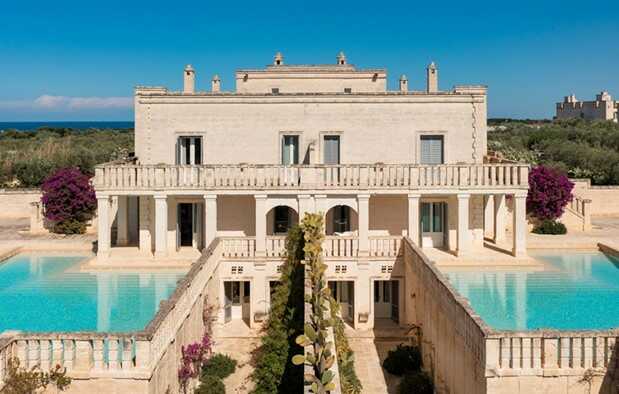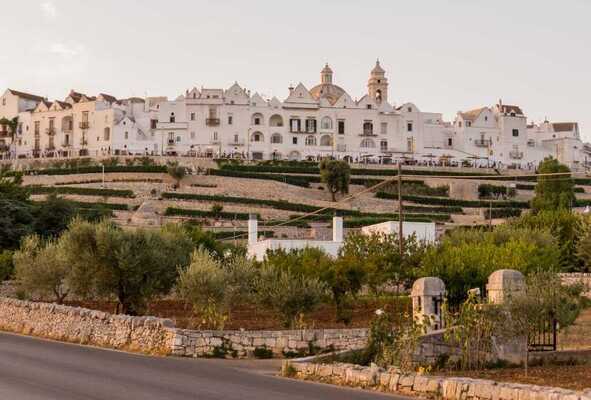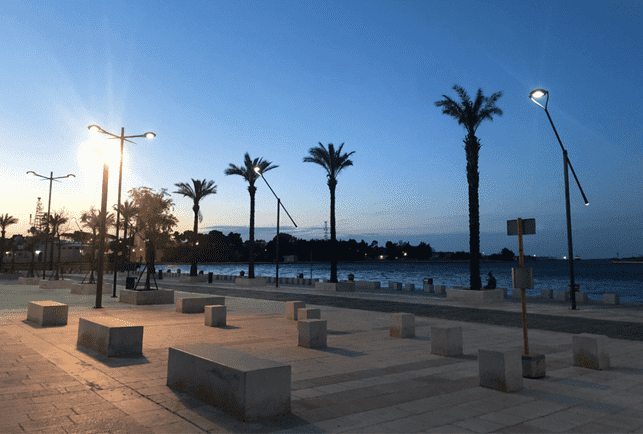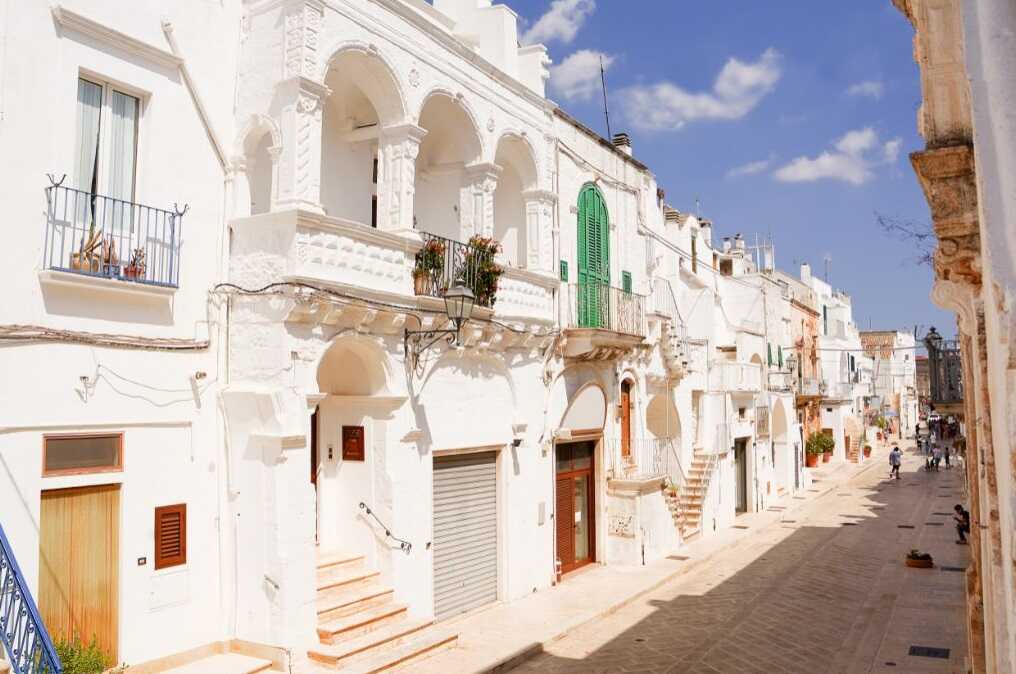Swabian Castle – Brindisi
If you have arrived in Puglia at Brindisi airport, our suggestion is to dedicate at least half a day to visiting this city and its historic center. In this way you will have enough time to explore the fascinating squares, monuments and splendid historic buildings, such as the Swabian Castle and the Cathedral of Brindisi, but also enjoy a lively local life, with cafes, restaurants and shops that contribute to making it an ideal destination for those seeking a combination of culture, history and Mediterranean beauty.
In this article we take a closer look at the Swabian Castle of Brindisi, one of the main historical and architectural testimonies of the Apulian city, located in a strategic position along the Adriatic coast.

Historical Notes
The Swabian Castle of Brindisi, also known as the “Castello di terra”, strategically located on the breast of the inner port of the city, was built in the 13th century by order of Emperor Frederick II of Swabia who played a fundamental role in the renewal of fortified structures in southern Italy.
The complex, originally trapezoidal in shape, was further fortified in the Aragonese era, when it was equipped with a wall and circular towers capable of responding adequately to firearms as well as a wider moat.
Strengthened by the Spanish in the 16th century, it was finally transformed into a penitentiary by Murat in 1813.
Since 1909, the Castle has been used by the Navy, first as a torpedo station, then for the command of submarines and finally, during the two world wars, as an important naval base.
In 1943, King Vittorio Emanuele III found refuge there after fleeing from Rome, and the command functions were located there during the six months during which Brindisi was the capital of the Kingdom of Italy, between 1943 and 1944.
It was later restored by the Italian government and transformed into an important tourist attraction.
On the evening of June 13, 2024, the Swabian Castle of Brindisi hosted the dinner of the G7 leaders, welcomed by the President of the Italian Republic Sergio Mattarella.
Structure and architecture

Swabian Castle in Brindisi has a square plan, with imposing crenellated walls and corner towers that give it a robust and imposing appearance. The construction is mainly made of local limestone, a material that gives the castle a solid and resistant appearance.
The most interesting feature of the castle’s architecture is the presence of a double wall: a first defensive one, with bastions and corner towers, and a second more internal one, which enclosed the royal residence and the spaces intended for administrative and military functions. Corner towers, particularly the north-east one, have been restored and retain their original medieval structure.
Castle’s interior is divided into various rooms, including the internal courtyard, which once housed the most noble spaces and residences. Today, you can admire the frescoed rooms, courtyards and the patrol path that offers a spectacular view of the city and the surrounding sea.
Useful information for visits
The Swabian Castle is open to the public all year round, but the best times to visit are spring and autumn, when the weather is mild and the crowds of tourists are fewer. During the summer, Brindisi can be very hot and crowded, so spring and autumn offer ideal conditions to explore the castle in peace.
Visits are by reservation, to be made at least 48 hours in advance, under the collaboration agreement between the Navy and the Municipality of Brindisi.
The Swabian Castle can be visited through the following channels:
- for associations and school groups, by contacting the Office of Ceremonies and Presidium of the San Marco Navy Brigade at the telephone numbers 0831-643242 – 0831-643241;
- by contacting the Brindisi municipality info point at 0831 229784.

Borgo Egnazia
“Nowhere else“, this is the slogan that accompanies Borgo Egnazia, “the” structure of excellence in all of Puglia. It is an imposing structure, the undisputed queen of Apulian hospitality, which blends tradition and innovation, contemporaneity and authenticity, simplicity and majesty. Staying at Borgo Egnazia means fully experiencing everything that Puglia represents: popular culture, food and […]

Locorotondo – among the most beautiful village in Puglia
Locorotondo, a small Apulian village where you can get lost in the alleys of the historic center admiring the characteristic houses with sloping roofs and centuries-old churches.

Ostuni historic center
Ostuni, also known as “the White City”, is one of the most precious gems of Puglia, a place that attracts visitors from all over the world thanks to its beauty, its charm and its thousand-year history, evidenced by the many white lime buildings and baroque architecture present in the village. In this article we will […]

Brindisi seafront
The city of Brindisi is one of the most important port cities in Italy, a fascinating city that offers not only a spectacular view of the Adriatic Sea, but also a rich testimony of local history and culture. If you have arrived in Puglia through Brindisi airport, our advice is to dedicate a day to […]

Three-days itinerary in the Itria Valley: discover the trulli
Three-day itinerary in the beautiful Itria Valley. Tour that will immerse you in the history, art and culture of this corner of Puglia.

Fasano beaches
Fasano, located in the province of Brindisi, is one of the most fascinating seaside resorts in Puglia, a region that has become a privileged destination for those seeking a combination of natural beauty, history, culture and an enviable culinary tradition. The Adriatic coast is characterized by a stretch of coastline that extends for kilometers, offering […]
